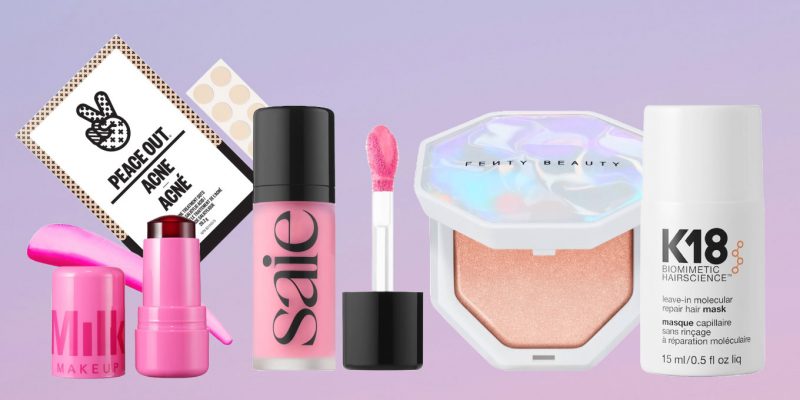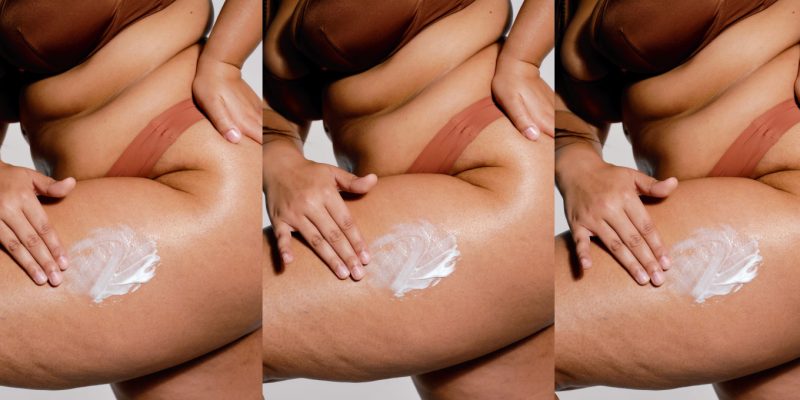Last month, I wrote about finding out I had melasma, a condition that causes discolouration of the skin. The diagnosis has changed my morning, nighttime and even my daytime beauty routines.
Example: Recently, I was in California for work. While every other journos paddle-boarded with cute sunnies and Dutch braids or topknots and Ray-Bans, I sported oversized glasses and a Leo-DiCaprio-evading-the-paps style ball cap. Super cool. I know it’s penance for my tan-obsessed-teens-and-20s, and so I’m trying to embrace my new style.
But I’m not ready to embrace my melasma! So, I’ve started treatment for it after consulting with Dr. Julia Carroll of Compass Dermatology in Toronto. From the start, Dr. Carroll was very upfront about whether or not I’d ever see the patch on my forehead clear up. “It’s a very challenging condition to treat. We [aim for] prevention; we are trying to control it, I would be hard pressed to say we could ever cure it, for most people.”
While I wept inside, she explained how she would try to help. She prescribed me a topical cream for two months and if I didn’t see any results, I will come back and we could discuss laser treatment (which sounds really cool, and which I’ll discuss in my next update).
So, here’s my new-and-improved morning routine:
• I first apply a vitamin C serum with a vitamin C concentration of at least 8%. Vitamin C is an antioxidant that helps to neutralize the free radicals in the skin that are caused from sun damage.
• Then, I apply moisturizer and a broad-spectrum sunscreen of at least SPF30. Broad-spectrum means it protects against aging UVA rays and burning UVB rays. Sun damage makes melasma worse.
And my nighttime routine (it’s a bit more complicated):
• First I wash my face with a Clarisonic. While exfoliating is a no-no when you’re treating melasma – it can irritate skin, which increases pigmentation – the Clarisonic is gentle enough because it’s a sonic cleanser; it uses the power of water.
• On cleansed skin, I apply the cream Dr. Carroll prescribed me for my melasma on the trouble area. This cream is a combination of hydroquinone and tretinoin and a steroid cream. Hydroquinone is the gold-standard ingredient for treating pigmentation. Tretinoin, meanwhile, is a retinoid that will prevent melanin from sneaking into skin cells. It also helps the turnover of the skin. Finally, the steroid soothes skin because the first two ingredients can be irritating. (Editor’s note: Everyone’s prescription will be different depending on your skin type and sensitivity. Dr. Carroll sometimes adds antioxidants Kojic Acid or Vitamin C to her formulas.)
• Because I’m in my 30s, Dr. Carroll also prescribed a retinol cream (to fight visible aging) to apply on the rest of my face.
• Finally, I apply my nighttime moisturizer. Because retinol can cause flaking of the skin, I’ve been using a super-moisturizing cream.
So, I’m on my way! I’m meeting Dr. Carroll in a few weeks, so will come back with new advice and an update. If you don’t have a derm – you have to be referred to one by your doctor – there are some OTC options, too, says Dr. Carroll. These are typically less potent, but are a good place to start.
READ MORE:
Make beauty sleep a reality
6 things you never knew about rosacea
Newsletter
Join our mailing list for the latest and biggest in fashion trends, beauty, culture and celebrity.
Read Next

Fashion
Tap Into the Tenniscore Aesthetic With These Stylish Pieces
Game, set, match!
by : Lauren Knowles- Apr 23rd, 2024

Fashion
Reitmans and The Birds Papaya Just Dropped The Dreamiest Spring Collection
Welcome to Sarah's Playhouse.
by : Melissa Fejtek- Apr 22nd, 2024

Beauty
Tested and Approved: A Skin Saviour That Works While You Sleep
Wake up with your glowiest skin yet—even if you didn’t clock eight hours.
by : ELLE Canada- Apr 11th, 2024





